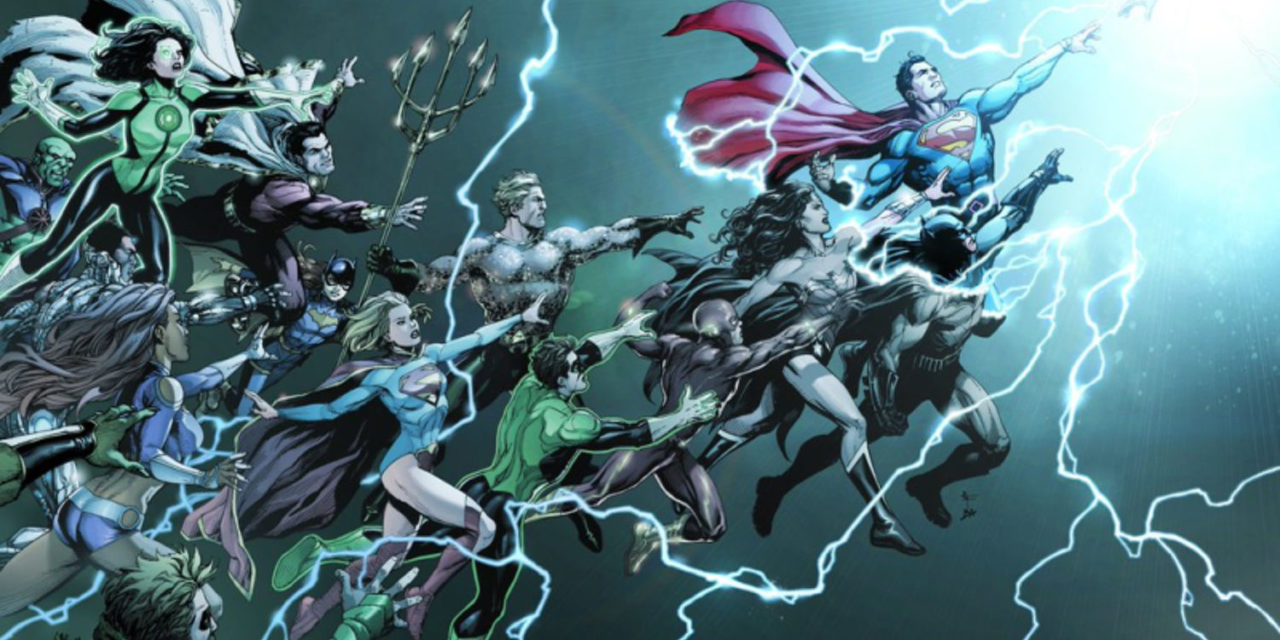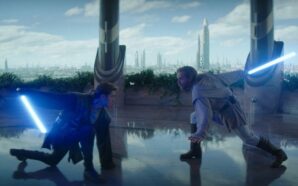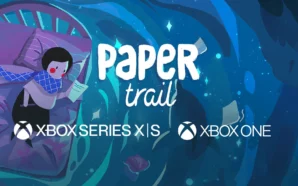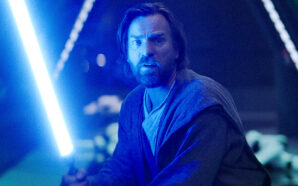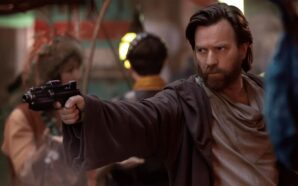Originally posted by Stuart Kirkman
Nearly five years have passed since DC relaunched their entire line of comic books with the New 52, and now we’re staring down the barrel of another line-wide initiative they’re calling Rebirth. Casual comic book readers are no doubt feeling a little confused, and with only two weeks left before this happens, it’s probably a good time to talk about just what in the multiverse is going on here. But before we get into what Rebirth might be, we just need to briefly discuss what came before the New 52…
The Classic DC Universe
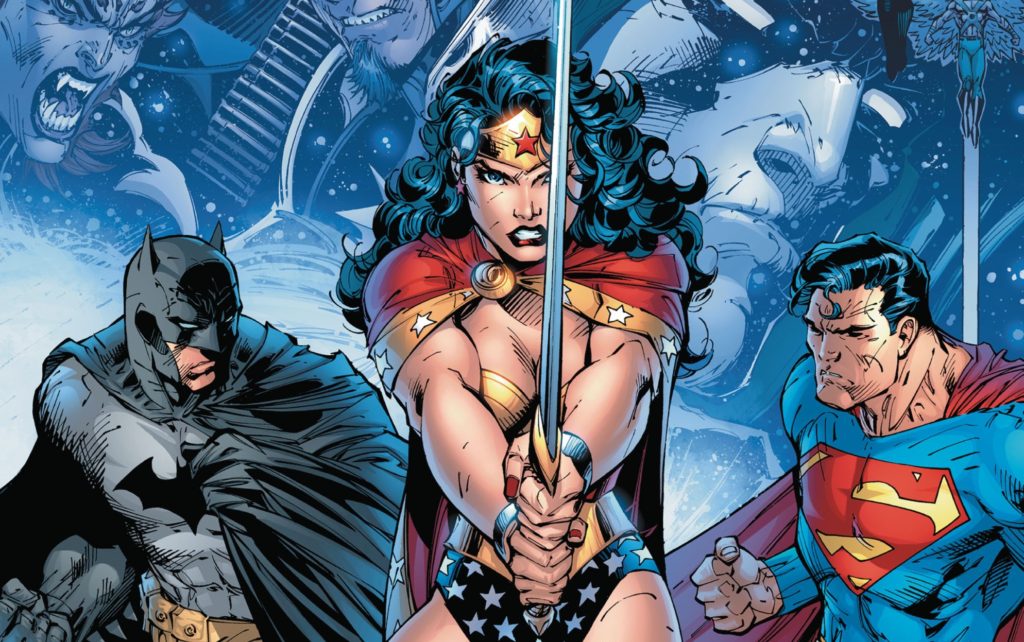
Comics have a way of becoming more convoluted and contradictory than any other storytelling medium. Dozens of writers and editors are trying to tell stories in the same world, and the most popular characters have multiple storylines running at the same time. On top of that, publishing imprints are often acquired and then incorporated into an existing universe, and things inevitably need to be shuffled around to make room for them.
In order to deal with these problems, publishers have to find a way to re-write history, and DC are no strangers to this practice. Back in 1985 they used the Crisis on Infinite Earths storyline to consolidate several publishing lines, and make sense of multiple versions of the same characters that were running around. The storytelling device for this was the DC Multiverse; as each different version of Earth was said to exist in parallel. The first Crisis event bought about the end of the Multiverse, and at the end of the story only one Earth remained.
Twenty years later, Geoff Johns penned a pseudo-sequel to this storyline called Infinite Crisis, in which some of the pre-Crisis characters came back and the Multiverse was reborn. For a little while DC were able to have their cake and eat it, but as time went on it became harder for a new reader to find an accessible entry point for any given character. DC’s Editor in Chief Dan Didio decided that they needed to do something a bit more drastic in order to entice some fresh blood into the comic book shops.
Flashpoint and the New 52
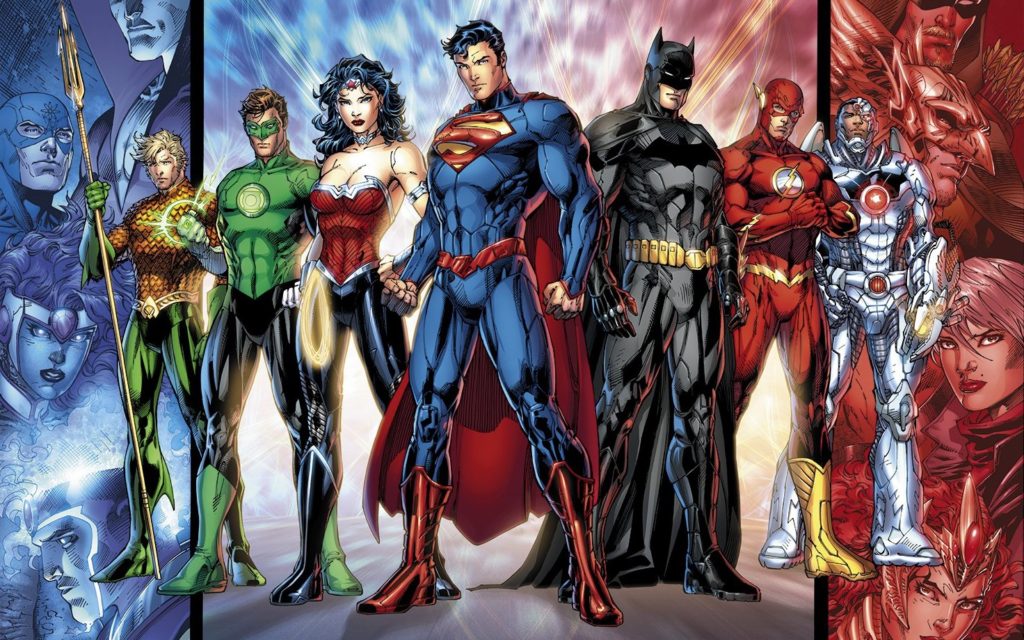
Geoff John’s second run on The Flash ended with a time travel storyline, in which Barry Allen tries to prevent the death of his mother in the past, but his actions have a disastrous butterfly effect on the rest of the DC Universe. While trying to set things right again, he is confronted by a mysterious entity who explains that the timeline had been fractured into three, and must be united into one universe if it’s going to survive the arrival of an unknown threat. In the space of one double-page spread, the reformation of the entire DC Universe is casually and ambiguously justified. When Barry successfully resets the timeline, the majority of characters have become younger versions of themselves, and only five years have passed since the dawn of the Superhero.
For some characters the status quo didn’t change that much; Batman still had four different Robin’s, and there were still four Green Lanterns from Earth, but Superman’s parents were both dead, and Wonder Woman was now the bastard-daughter of Zeus. Trying to figure out which stories still happened and which didn’t count anymore was an impossible task; you just had to go with the flow and trust that the writers would remind you of past events as they became relevant to the story. This left some existing readers confused and frustrated, but it definitely made things easier for people who were new to DC comics.
Every title was relaunched with a new issue 1, almost every book had a brand new creative team, and every storyline was designed to be as accessible as possible. Even though some of the legacy readers may have taken this opportunity to walk away from DC comics, on the whole it seemed to have a positive effect on sales, especially in the short term. But commercial success isn’t necessarily indicative of critical success, and DC’s problem has never been with the characters. Superman, Batman and Wonder Woman are some of the most recognisable icons on the planet, but none of that matters if you don’t have a decent writer and artist behind them.
DC have been pretty good at finding talented new creators, but they can’t seem to keep many of them around for long. A number of ‘creative differences’ have lead to brilliant writers walking away from their projects, and we can only wonder how much more successful the New 52 could have been if it didn’t have to stand on the backs of only a handful of people, like Geoff Johns and Scott Snyder.
Regardless of how well the The New 52 achieved what it set out to do, the people in charge at DC have decided that it’s time for another shake-up…
DC Comics: Rebirth
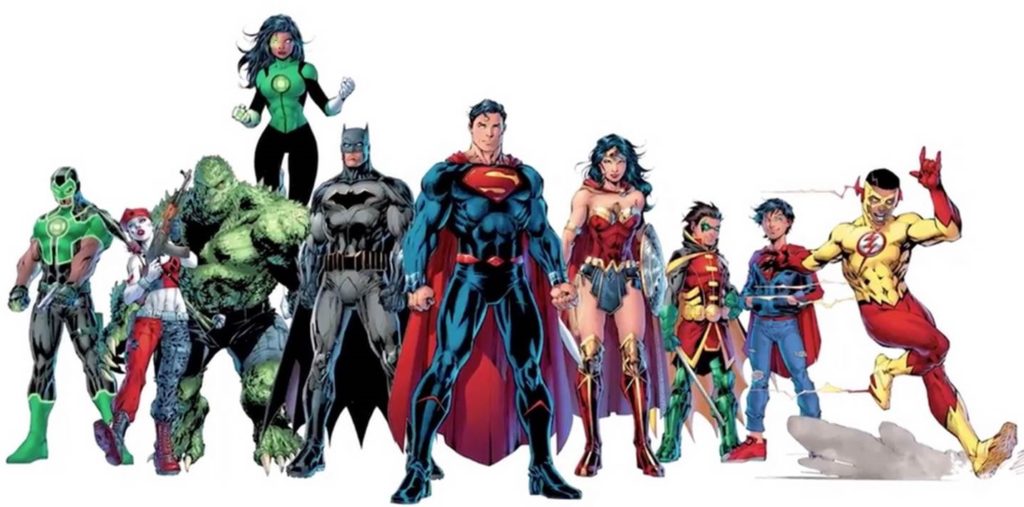
The first thing to get out of the way is that this is not another reboot; Rebirth is designed to offer another line-wide jumping on point, and revitalise some characters who have been struggling to remain compelling and relevant, without changing the continuity once again. Every book will be relaunched with a new issue #1, except for Action Comics and Detective Comics, which will be reverting to their original issue numbering.
The storytelling device behind Rebirth has yet to be revealed, but it could have something to do with the current Justice League storyline, Darkseid War, which is bringing the last four years of John’s run to a close. The biggest detail to be revealed so far is that the Superman featured in Rebirth will be the pre-New 52 Superman, rather than the younger, grumpier Superman we’ve had for the last few years. The recent (and abysmal) Convergence storyline implemented a ‘retcon’ that bought the pre-New 52 Superman to Earth just as the Justice League were forming. This older version of Superman went into hiding with his wife Lois Lane, they changed their surname to White and had a son called Jonathan. Since then he’s been growing a beard and watching the other heroes, trying to help the replacement Superman where he can. Confused? We all are… but try not to think about it too much.
The Rebirth title has been used twice before at DC, on both occasions by the same writer. Geoff Johns has a knack for revitalising books that have become convoluted and stale, and he does this by boiling a character back down to its essence, then building from there. The best example of this can be found in his run on Green Lantern, which began with Green Lantern: Rebirth. In one deft move, Johns bought the original Earth lantern, Hal Jordan, back out of obscurity, and built a brand new mythology that would provide several years worth of interesting stories. The very same writer is the guiding hand behind the Rebirth relaunch, so if the title alone is anything to go by, this could be the best of both worlds; merging the mythology of the classic DC Universe, with the accessibility of the New 52.
When the New 52 started there were (unsurprisingly) 52 different titles, but that number quickly dwindled down to around the 40-mark as certain books failed to find an audience. Rebirth will consist of just 32 ongoing series, though half of them will come out twice a month rather than once. That means a rotating team of artists will be required to keep these books on schedule, but that’s nothing that Marvel haven’t been doing for years already. The other big announcement is that every book will be $2.99, which had become less and less normal in the last few years, as most of the bigger books were costing $3.99 per issue, and sometimes even more.
Whether DC’s newest endeavour will be a success or not remains to be seen, but it will hinge upon the talented creators behind each book, and whether or not they stick around for the long haul. Come back next week for a run-down of the new titles and creative teams, and some suggestions on which books might you shouldn’t miss out on.




